Solar Impulse to be reborn as a military-linked project
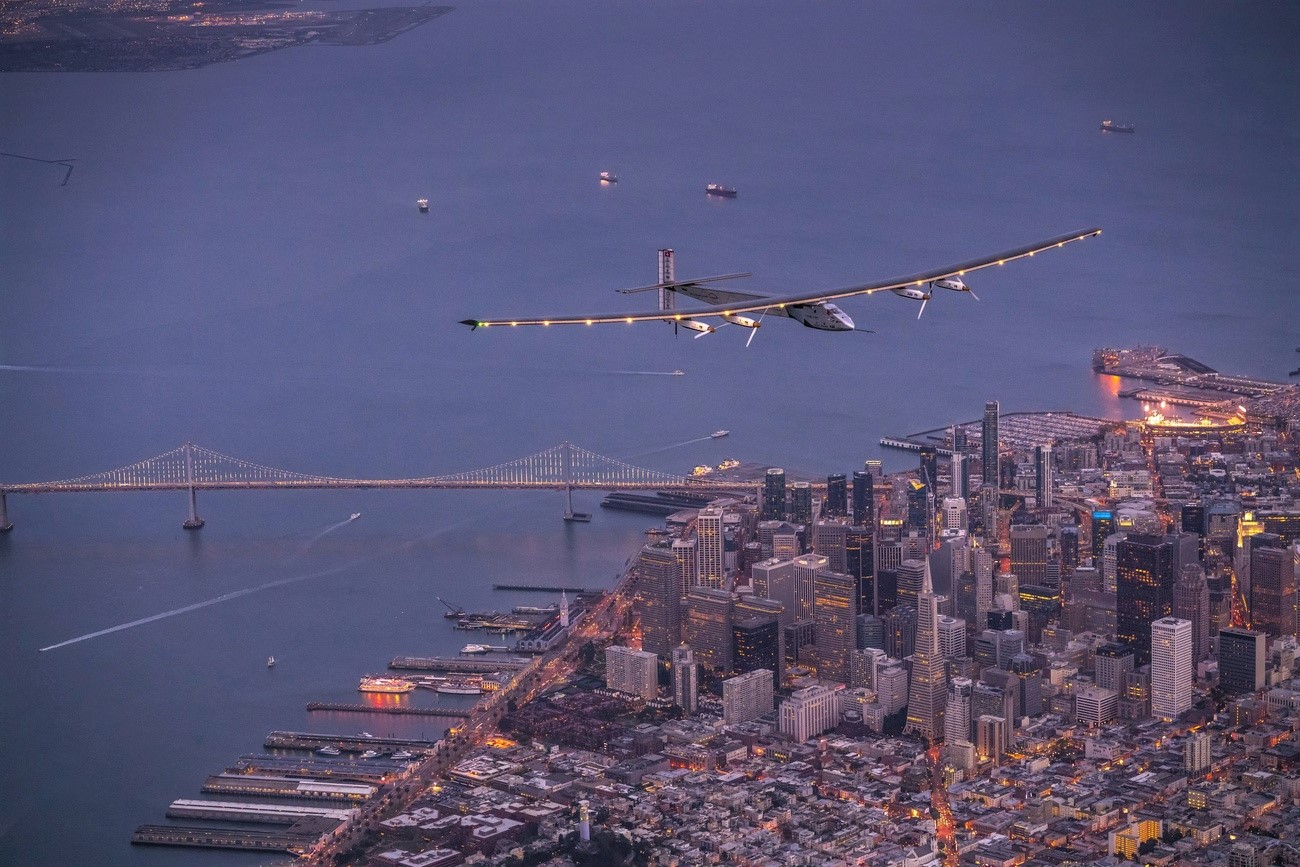
Presented to the world as the future of clean aviation, the Solar Impulse airplane was sold last year to a little-known start-up which plans to use the technology to develop surveillance drones for the military sector.
Unlike the rest of the Solar Impulse adventure, the operation was concluded with little fanfare. On September 11, 2019, a simple press release announced the sale of the solar-powered airplane in which Bertrand Piccard and André Borschberg completed their unprecedented flight around the world in 2016.
“Solar Impulse, in this contemplated second life, will continue to illustrate that clean technologies can achieve the impossible while at the same time building a sustainable future. With Skydweller, the Solar Impulse, the world’s most famous solar-powered aircraft of unlimited endurance will have concrete benefits for the greater good,” Piccard enthused in the statement.
However, according to an investigation by Swiss pubilc television, RTS, Skydweller Aero, the young Spanish-American company with a bare-bones websiteExternal link, has military intentions for the future of the Solar Impulse 2. The plane will serve as the basis for the development of autonomous drones, capable of continuous flight, for surveillance and telecommunications purposes.
Skydweller’s main shareholder, Italian defence group Leonardo (formerly Finmeccanica), raised the concept of an autonomous machine based on the Solar Impulse during the last Dubai Airshow: a project capable “of carrying radar, electronic optics, telecommunications devices, telephone listening and interception systems”.
Multi-million-dollar market
Leonardo, which owns almost 15% of Skydweller, believes in these future developments.
“The size of the market is enormous,” comments Laurent Sissmann, one of the project managers. “For military applications alone, we are talking about hundreds of millions which could be captured by Skydweller”. For civil applications, Sissmann describes potential applications such as “a telecommunications relay system, observation of natural catastrophes and mapping”.
Today, the plane that flew around the world is being reassembled out of sight at Spain’s Albacete Airport. Skydweller, whose parent company is based in Delaware — an American state with a lenient tax regime — has announced the plane will soon be ready to retake to the skies. The group declined requests for an interview.
Solar Impulse’s old test pilot has been poached and is responsible for getting the machine back into flight, however Skydweller’s long term objective is to replace humans with an autonomous system and to take advantage of the reduced weight to install surveillance and observation tools.
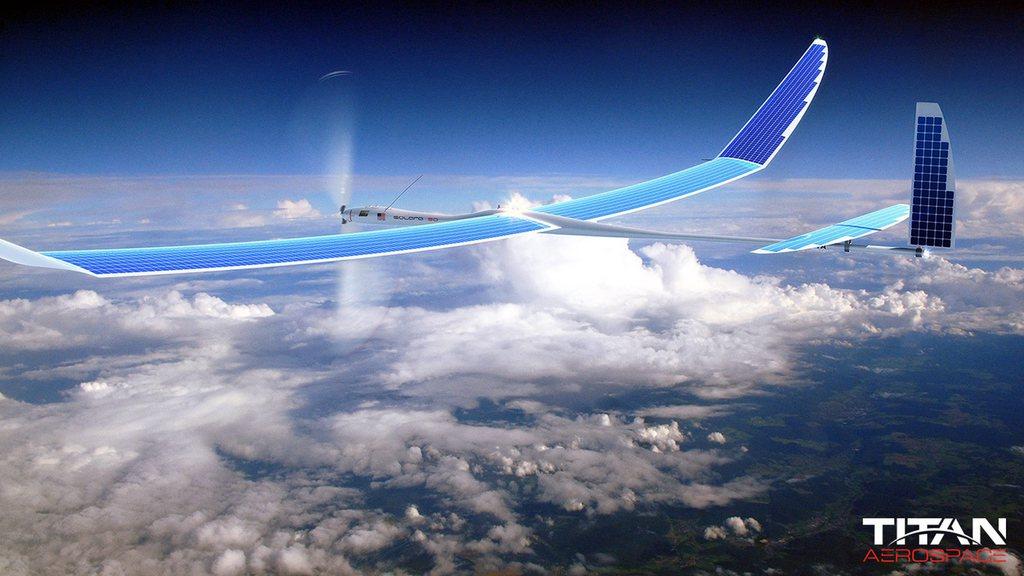
More
Solar Impulse may turn into stratospheric drone
“Solar Impulse will never be armed”
Questioned about the overtly military aims of the project, Piccard assured RTS that the sale contract included stipulations that the Solar Impulse would not be turned into an offensive military drone.
“It is a plane that will never be armed. That is absolutely clear and it’s in the contract,” he said.
According to RTS information, there is no risk that we will see the plane cross the skies with missiles attached to its wings. The scenario is not technically feasible.
An engineer with knowledge of Skydweller’s ambitions explained to RTS that the company acquired the Solar Impulse to serve as a “test platform, with its technologies that have already been tested”, and that there is an interest in “the form of publicity” that the plane’s past can provide.
“If they manage to develop something, it will not necessarily be in the form of the Solar Impulse but will carry some of the know-how acquired during the round-the-world adventure,” he said.
One thing is certain: the RTS investigation shows that the links between the management of Skydweller and the armaments industry are evident. The possibility of the legacy of the Solar Impulse taking a military turn cannot be a surprise for Piccard and Borschberg.
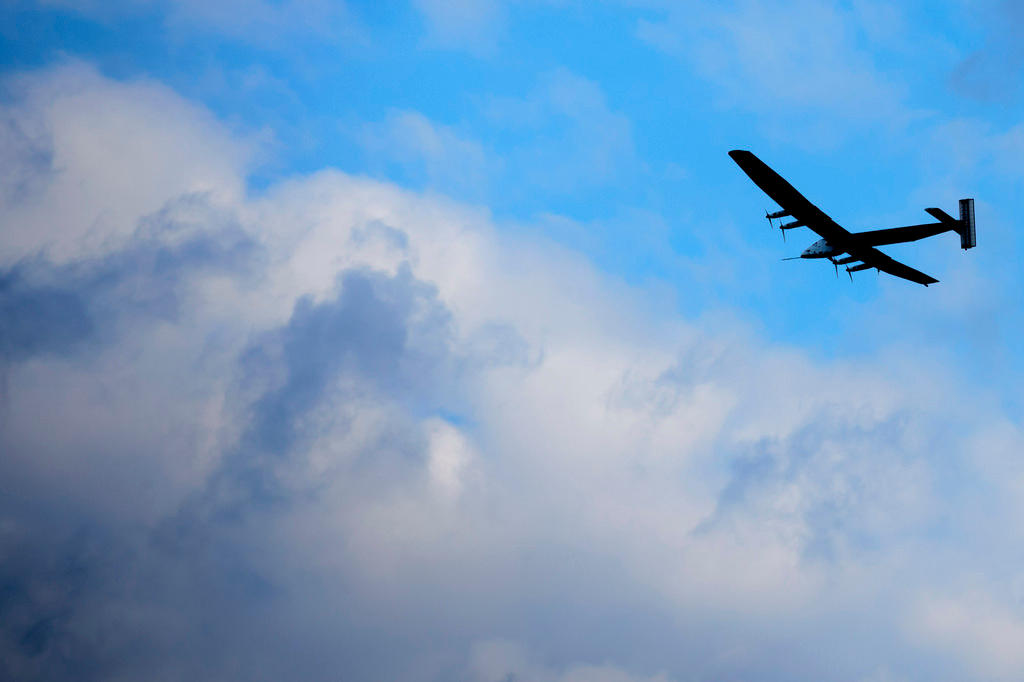
More
Swiss solar plane ends round-the-world tour
Direct ties to the arms industry
Skydweller’s director is Robert Miller, an American who describes himself as having “decades of experience at the heart of the air defence community”. His CV is an inventory of American weapons industry giants: from Northrop Grumman to the subsidiaries of Lockheed Martin, and always in the area of drones. Armaments engineer and former Airbus group executive, Marwan Lahoud, also recently joined the start-up.
A source familiar with the negotiations for the deal between Skydweller and Solar Impulse told us that Miller had emphasised his contacts with the United States Department of Defence to illustrate the strength of his offer. Skydweller’s lobbying activities in the US are concentrated on defence and intelligence issues.
This closeness to American defence is further confirmed by Skydweller’s lobbying activities. In Washington, the new owners of Solar Impulse 2 have engaged the former lobbyist for the National Rifle Association (NRA) — the notorious pro-guns organisation — to influence discussions in the US Congress around drones and surveillance.
Despite these elements, Piccard maintains his belief in the future commercial and industrial applications of the project, mentioning telecommunications, meteorology, or aerial photography services.
He says it is important “not to be hypocritical”, and notes that “there are numerous peaceful systems today that have been developed by the army”.
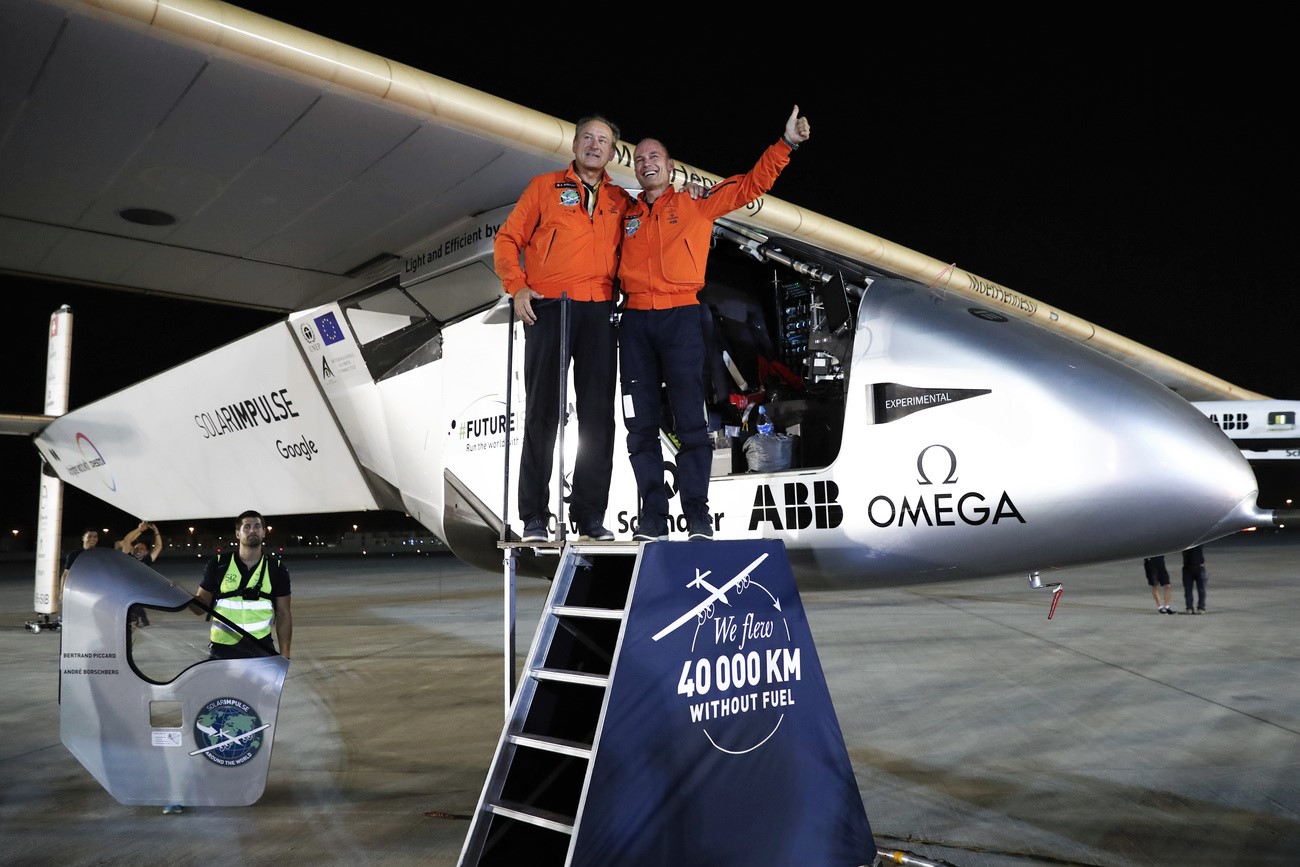
Financing and public money
This sale, which contrasts with Solar Impulse’s original aims of driving the transition to renewable energies and its promotion of humanist values, also raises financial questions.
It is worth remembering that the cost of the Solar Impulse project was CHF170 million over 15 years. The majority of this was provided by sponsors and private benefactors, but also by direct and indirect contributions from the government. Today, the proceeds of the sale are uniquely banked by Solar Impulse SA, the company owned by Piccard and Borschberg.
The two men have not revealed the amount of the transaction, arguing that the information is confidential. But Piccard describes his share as “a return on investment for which we invested 15 years”. The aeronaut says he “did not make anything during this whole period”.
But while he was not directly paid by Solar Impulse, Piccard was able to benefit from the boost to his image by increasing the number of his speaking engagements, for which he charged up to CHF30,000 each.
Today, Piccard says he is “relieved that the company created with André Borschberg receives something”.
The sale of the technological jewel has therefore brought in money for the founders, but not to sponsors like the government. This was not provided for in the contracts. The deals were made essentially to benefit from the publicity surrounding the flight around the world.
State participation
Nicolas Bideau, director of Presence Switzerland, which centralised Swiss public support for the project, estimates that the investment of public money amounted to CHF6 million.
“Much of this was in the form of providing the aircraft hangars at Dübendorf, canton Zurich, and Payerne, canton Vaud. There were also contributions by the Federal Energy Office to push renewable energies, and Presence Switzerland invested CHF1.25 million in cash to be a partner of the project,” he says.
Bideau stresses that the participation of the federal institutes and the provision of their engineers for the project should also be included in the total cost. This increases the share of Swiss public participation.
What kind of benefit did Switzerland gain? Bideau says the return is not financial but nonetheless just as important.
“The know-how of the Solar Impulse is less in the plane which today resides in Spain, than in the offices of the engineers and our polytechnical schools. This should not be underestimated,” he says. “The current destiny of the plane, that’s a shame (…) but we got the maximum out of the Solar Impulse in Switzerland.”
Sale abroad: “a total failure”
This enthusiasm is not shared by everyone. The former parliamentarian Fathi Derder does not mince his words, describing the sale of the Solar Impulse as “a total failure” on the part of the government.
“For several years I have been fighting to make everyone aware of the incredible technology in the Solar Impulse,” says Derder, a member of the centre-right Radical-Liberal Party, who wanted Switzerland to keep this know-how at home.
“Now, it’s going to foreign hands, obviously American. No matter what the destination, it is serious for our country,” comments Derder, who does not blame Borschberg and Piccard for the sale. “From the moment when the promotors approached the federal authorities and received a polite, even slightly humiliating refusal, it should come as no surprise that the next port of call is a private company overseas.”
Still in its infancy, the second life of Solar Impulse as part of a technological project with both military and civil applications, has yet to materialise. But Skydweller has big ideas. Its management has announced it will employ 120 people in Spain and the United States, most of whom will be engineers. Once the research is completed, the plane could be retired to Switzerland as a museum exhibit.
Présence Switzerland promotional film (April 2016)
Correction: The article previously stated that Italian defence group Leonardo owns almost 20% of Skydweller; the correct figure is 15%.

In compliance with the JTI standards
More: SWI swissinfo.ch certified by the Journalism Trust Initiative











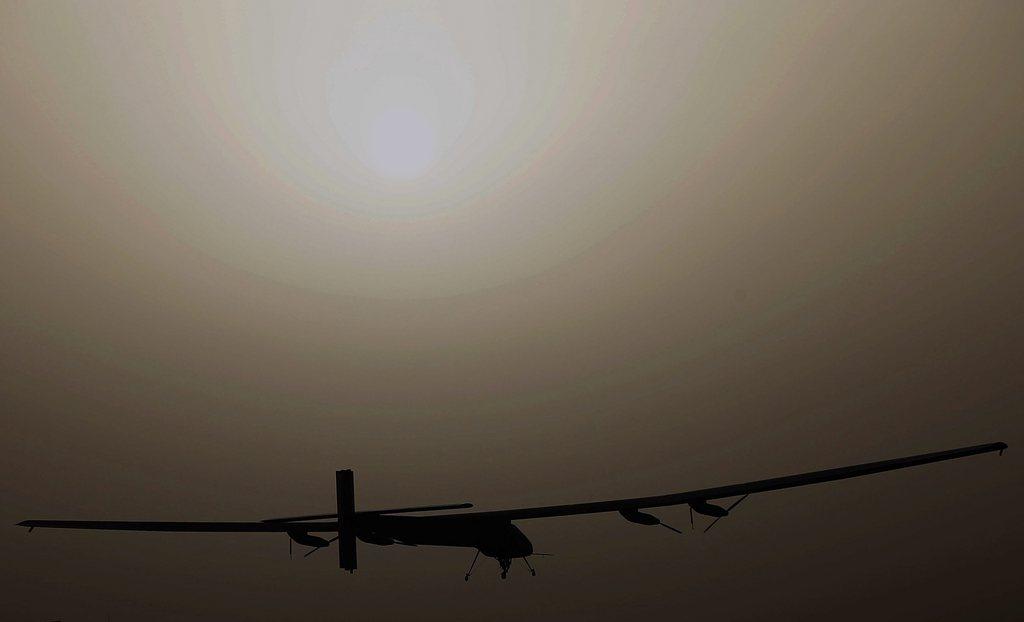

Join the conversation!